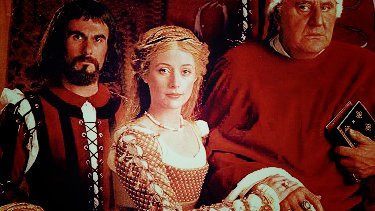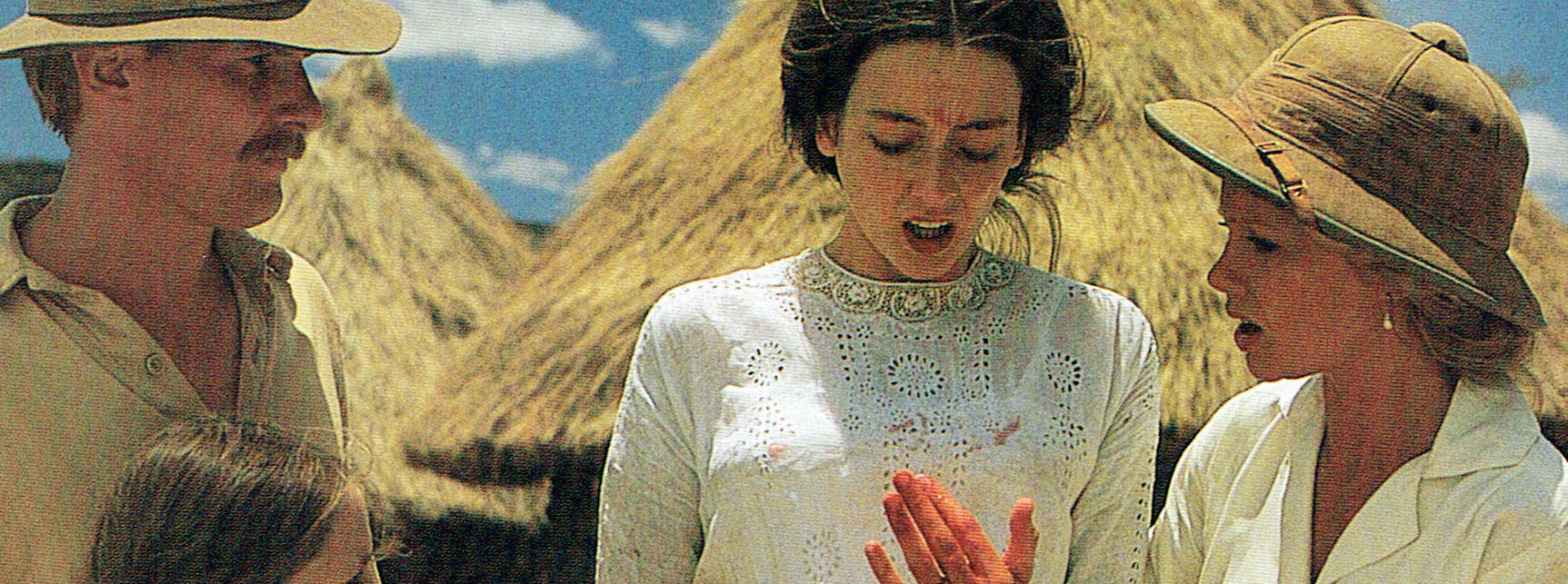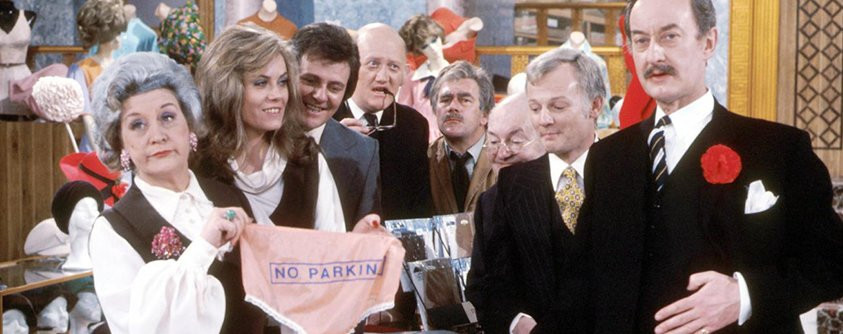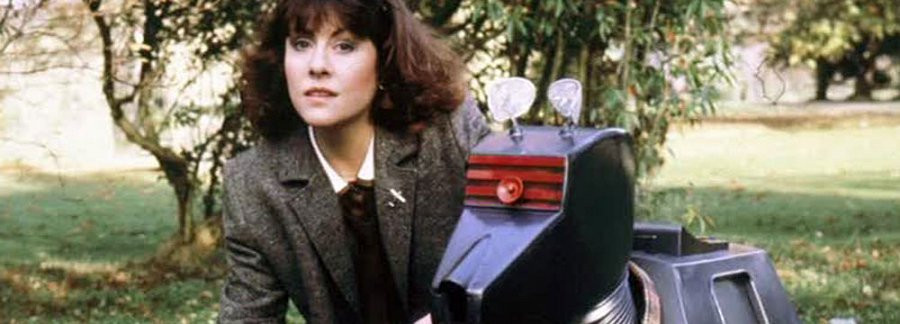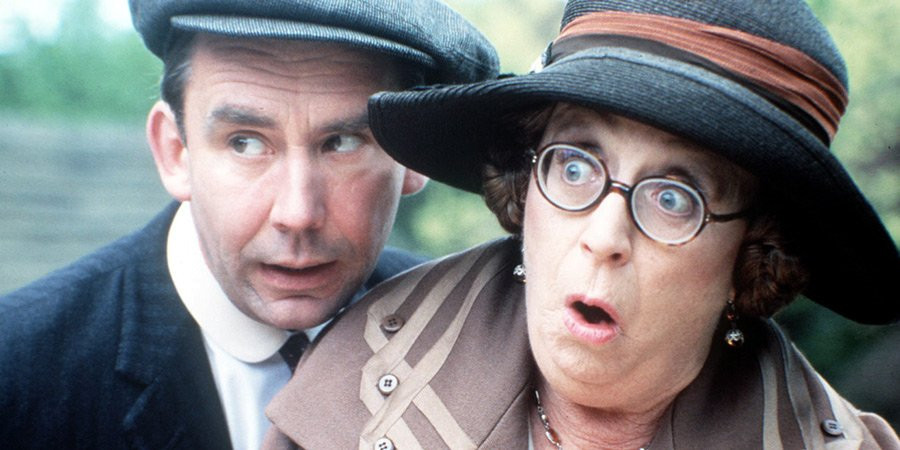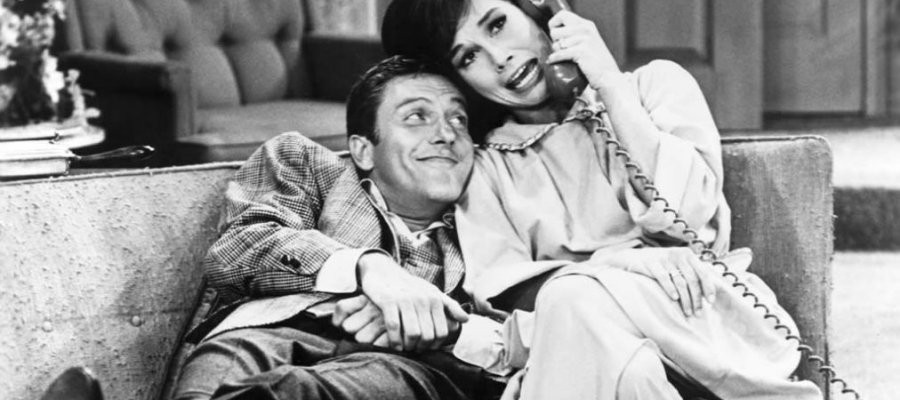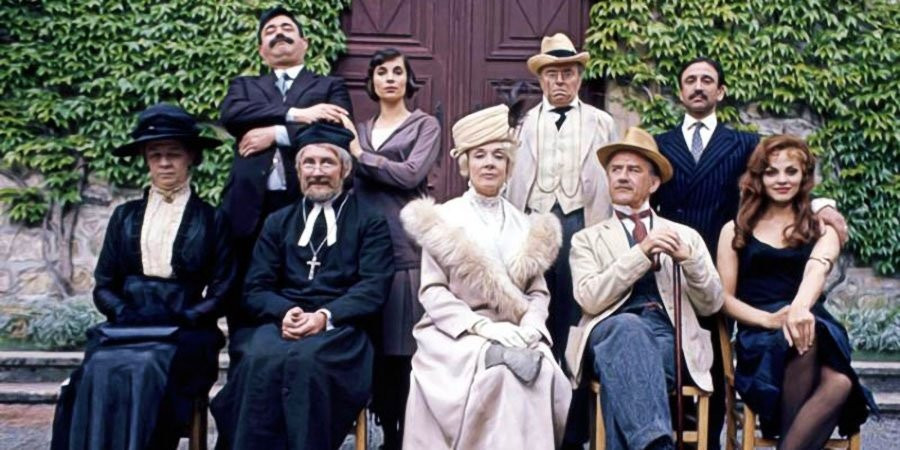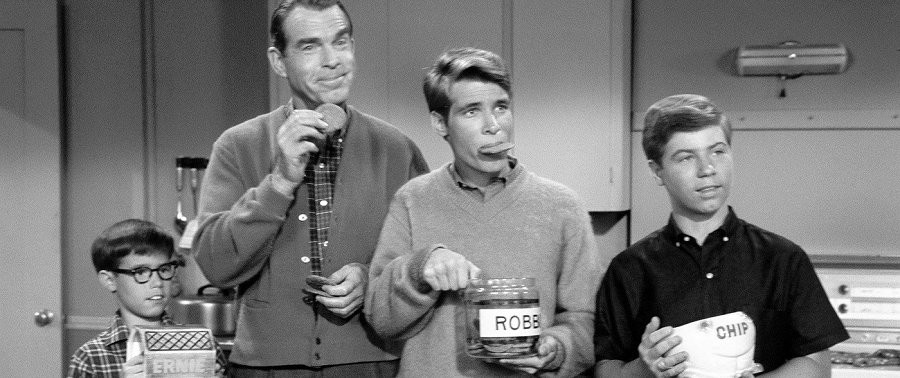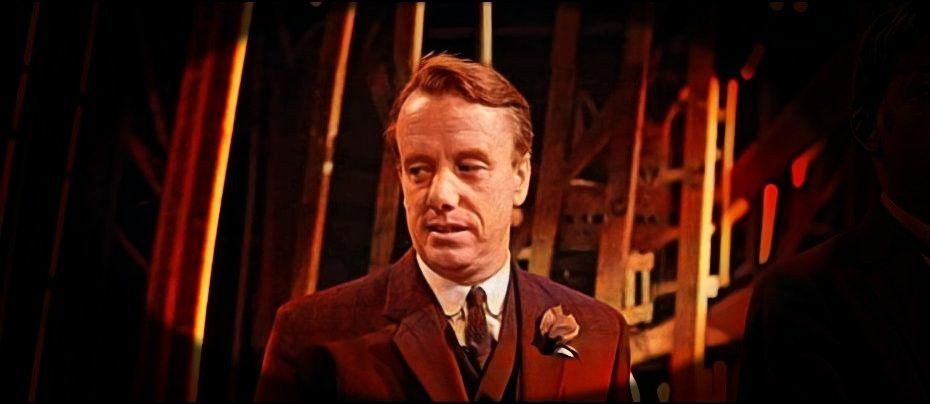
That's My Boy
1981 - United Kingdom"Mollie Sugden was in that awkwardly named collective, national treasure. But she was there for a reason"
That's My Boy review by Brian Slade
As the sitcom classic Are You Being Served? increased in popularity in the 1970s, what was originally an ensemble piece with Trevor Bannister and Mollie Sugden sharing top billing began gravitating towards John Inman as the star alongside Sugden. However, the show almost ended after only five series as Inman was lured away by commercial television. His lone effort, the hopelessly unsuccessful Odd Man Out, was enough to end that contract and return him to Grace Brothers. But not all escapes were as unsuccessful, however, and surely the most successful performer away from the famous shop floor was Mollie Sugden. In 1981 she began a highly successful run as a mother reunited with the son she gave up for adoption as a baby in the Yorkshire TV comedy That’s My Boy.
Writing partnership Pam Valentine and Michael Ashton had just come off the back of great success with You’re Only Young Twice, a sitcom starring Peggy Mount and Pat Coombs as residents in a nursing home. Meanwhile, Are You Being Served? was continually in limbo. The BBC were resistant to renewing it too willingly so the final years of the show were punctuated by two-year gaps, with neither producer David Croft nor the cast seemingly knowing whether each series would be the last.
For Mollie Sugden, that allowed her the luxury of bringing her energetic comedy talents over to commercial television as Ida Willis, a combative housekeeper who could barely keep a job because of her moral opinions of her employers.
We first meet Ida as she marches into the offices of terrified employment agents, Messrs Bruce and Lee. Delivered as if a parting breath of Are You Being Served?, Willis demands which of the petrified partners will take down her particulars and handle her. But the double entendre approach largely ended there.
Ida is looking for a new housekeeping job. Her last one was over before it started, having been appalled that the couple that employed her were not married. She pinned a note to their waterbed before quitting and now wanted a job with a married couple where either, ‘…she’s on the pill or he’s been done,’ such was her lack of tolerance of children.
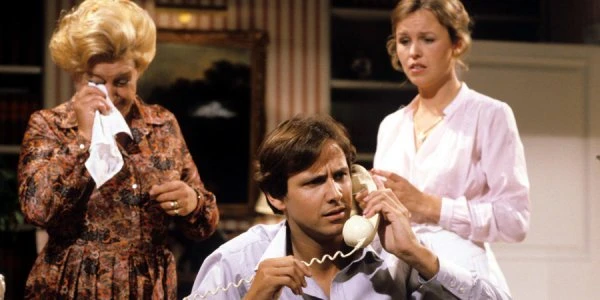
The couple next in line for Ida to pass judgement on are Dr Robert Price and his wife Angie. Robert is a 27-year-old doctor, but the high earner of the pair is Angie, whose career is as a model. Although not totally approving of such a career, the one thing about it Ida approves of is that Angie won’t be wanting stretch marks, thus settling her fears that she may have children.
When Ida meets Robert and Angie, she is decidedly taken with one over the other. Robert (Christopher Blake) was given up by his birth mother after just five months, but he’s made a successful career in the medical profession. However, he is somewhat chauvinistic in his views, never even having made his own cup of tea and expecting Angie to attend to his needs. Ida does not care for him in their early exchanges.
On seeing how demanding Robert is, Ida lectures Angie (Jennifer Lonsdale) on having been too soft with him. Robert wants Ida gone immediately, but Ida’s forceful nature convinces Angie that she should be taken on as a live-in housekeeper, and it is at the kitchen table sharing a drop of something stronger than tea that the pair bond. During this early bonding session, Ida reveals why she has held a grudge against the NHS for 27 years. When she worked in the hospital canteen, she had a swift amorous encounter with a man from men’s surgical. ‘Three months late I had a 30-inch waist, and he had a job on an ocean going liner,’ she revealed.

The child born from this fling was Shane, but with no money and seemingly no real affection for her son, Ida gave him up in a deal engineered by her local vicar…and as she and Angie share photos, they realise that Robert is actually that same Shane that Ida surrendered 27 years ago.
Robert takes time to come to terms with the fact that Ida is his birth mother, and his attempts to fire Ida from her housekeeping duties fail. What makes matters worse is that his adopted mother, Cecilia Price (Clare Richards) is a domineering snob who objects most strongly to the reappearance of Ida.
Through the five series we see Robert acclimatising to life with two mothers. Blake plays him very well, giving just enough charm to the role to see past the chauvinistic side that rears its head, never more so than when he declares the marriage over simply because Angie backed his car into his mother’s.
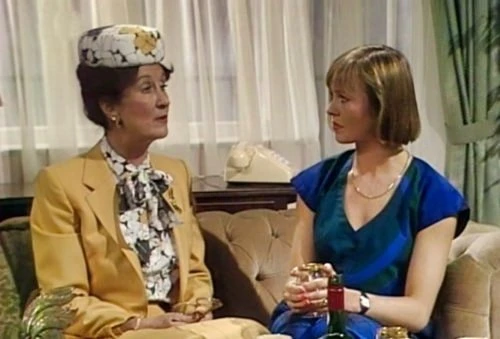
Angie is a much stronger character than the ‘wife at home’ role could have demanded in a show of that era and the bond between her and Ida makes the premise more enjoyable. As time moves on Ida shows a softer side than the aggressive battle-axe of the opening episodes. Her clashes and at times cooperation with Mrs Price are always entertaining, and throughout the five series she also has to attend to her work-shy, drunken and hugely untrustworthy brother Wilfred (Harold Goodwin) who has tracked her down.
In an effort to keep the show fresh, the Prices were moved in series four from their London flat to a surgery in a Yorkshire village, with Ida and Wilfred in tow, but the two-mother aspect started to become less central and by series five, Clare Richards had left the show and it became a rather ordinary programme relying almost entirely on the talents of Sugden rather than any particular storylines.
Mollie Sugden was in that awkwardly named collective, national treasure. But she was there for a reason. In That’s My Boy she proved that she was not trapped by Mrs Slocombe and her energy and talent shone through in a show that could have collapsed in a heap in less capable hands. After the last series, Valentine and Ashton continued to write for Mollie as she starred in two series of My Husband and I with real life husband William Moore.
That’s My Boy may not have seemed anything particularly special, but it was successful for ITV and cemented Mollie Sugden’s place in the hearts of the television public. Its simple formula and the talent of the cast elevated it beyond what it might otherwise have been, and it remains a likeable programme typical of its time.
Seen this show? How do you rate it?
Seen this show? How do you rate it?
Published on July 5th, 2023. Written by Brian Slade for Television Heaven.


